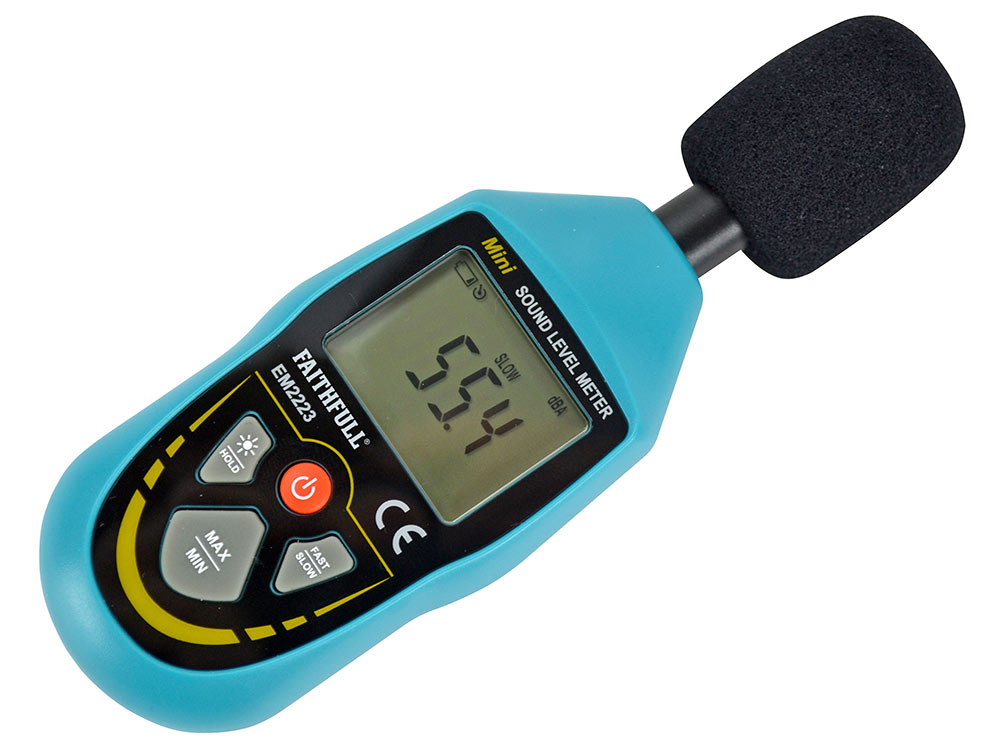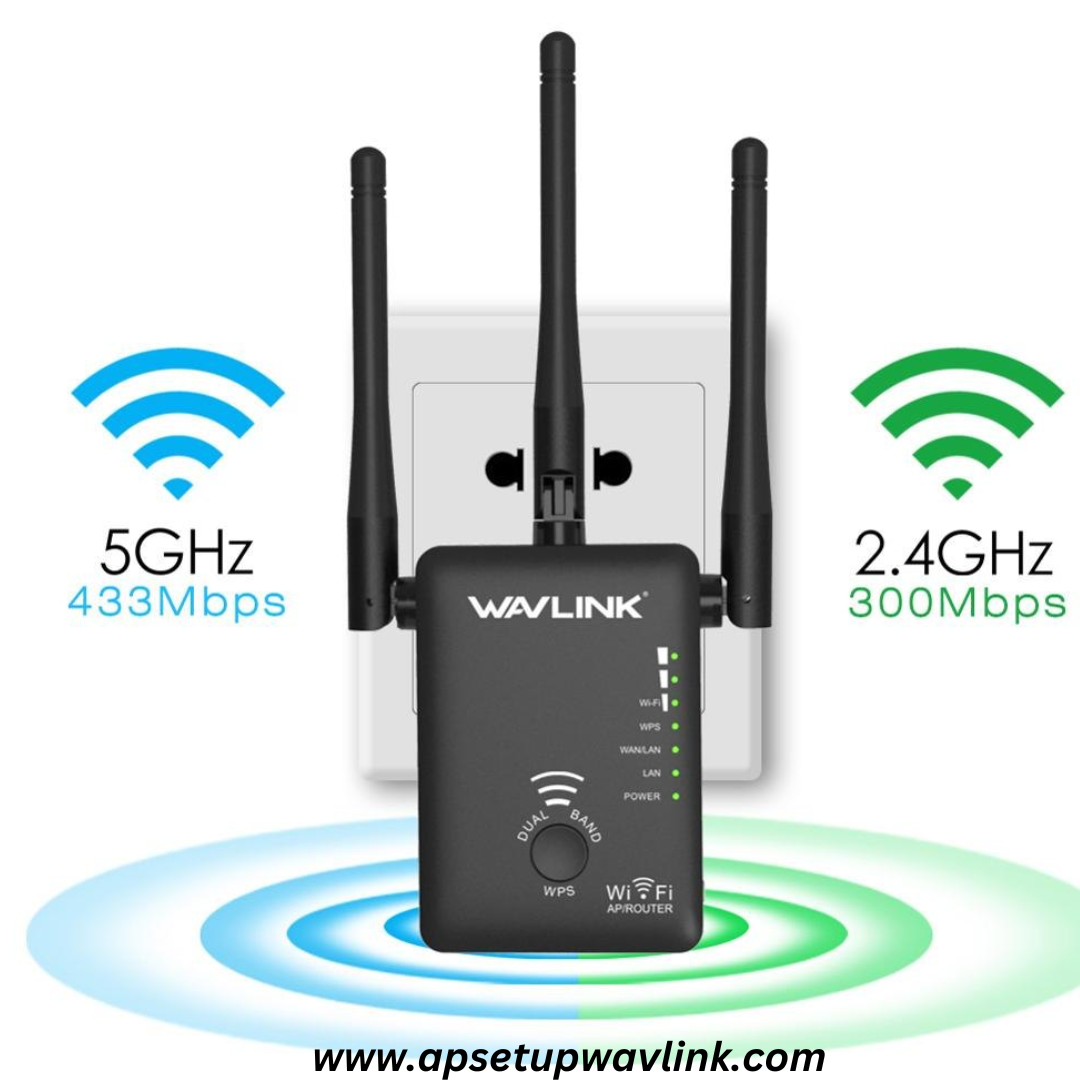Introduction
Sound meters, also commonly referred to as sound level meters or noise meters, are invaluable devices designed to measure sound pressure levels. Primarily, they provide a quantitative assessment of noise, which is critical in a wide range of fields such as environmental studies, healthcare, industrial safety, and urban planning, to name a few.
The working principle of a sound meter hinges on the conversion of acoustic signals into electrical ones. A microphone in the device captures the incoming sound waves, transforming these into electrical signals. These signals are then processed by the internal electronics of the device to compute the sound pressure level. This measure is typically presented in decibels (dB), a logarithmic unit that describes the ratio of the sound pressure of the measured signal to a reference value.
In an era increasingly conscious of the implications of noise pollution, sound meters are essential tools. They offer us an objective method to quantify something as abstract as sound, allowing us to understand and control noise in our environment. As technology continues to advance, sound meters will undoubtedly continue to evolve, further revolutionizing our understanding and management of noise.
Grasping the Symphony of the World: Sound Meters and Noise Perception
A world devoid of sound is unimaginable. Our everyday lives are imbued with a multitude of sounds that convey messages, create ambiance, and sometimes, induce nuisance. Sound meters, also known as sound level meters or noise meters, are playing a crucial role in how we understand, quantify, and manage this ubiquitous aspect of our existence: noise.
Measuring the Audible: An Overview of Sound Meters
In the simplest terms, a sound meter is a device designed to measure sound pressure level, typically in the unit of decibels (dB). These devices come in a variety of designs, from handheld equipment for on-site measurements to complex systems integrated into larger environmental monitoring networks.
Utilizing a microphone to capture sound waves, a sound meter converts these acoustic signals into electrical signals. The device’s electronic components then calculate the sound pressure level, providing a quantitative measure of the noise. While it might appear straightforward, the science underlying these devices is intricate and the data gathered is transforming our understanding of noise in our environment.
Sonic Lens: Reframing Our Understanding of Noise
The applications of sound meters are abundant and diverse, spanning across numerous industries and sectors. However, the fundamental principle that they adhere to is the objective quantification of noise, providing us a ‘sonic lens’ that allows us to view our world in an entirely novel way.
In environmental studies, for instance, sound meters are deployed to monitor ambient noise levels, aiding in the evaluation of noise pollution’s impact on wildlife and human health. The data generated is instrumental in shaping policies around noise control and the planning of urban spaces.
In the healthcare sector, sound meters have unlocked a more comprehensive understanding of the link between chronic noise exposure and health conditions such as stress, hypertension, and cardiovascular disease. This research is sparking new strategies for noise management in hospitals and care facilities, aiming to foster environments that are conducive to healing and recovery.
The industrial sector, on the other hand, employs sound meters to ensure compliance with occupational safety standards, protecting workers from harmful levels of noise exposure. This technology is crucial in preventing noise-induced hearing loss, one of the most common occupational diseases.
In each of these contexts, the sound meter has become more than just a measurement tool. It is a device that is reshaping our understanding of the broader implications of noise.
The Symphony of Data: Sound Meters and Big Data
In the era of big data, sound meters are playing an increasingly significant role. With the advent of IoT (Internet of Things) devices and sensor networks, we can now collect noise data on an unprecedented scale. This wealth of data is leading to a revolution in how we interpret and react to sound.
Urban planners and policymakers, for instance, now use these extensive noise datasets to create ‘noise maps’ of cities. These maps allow for more informed urban planning decisions, aiding in the design of quieter, healthier cities. Furthermore, real-time noise monitoring is enabling swift responses to noise pollution issues, improving the quality of life for city dwellers.
The application of machine learning and AI technologies to these large datasets is opening up even more exciting possibilities. From recognizing specific sounds to alerting to abnormal noise patterns, these intelligent systems can analyze and interpret noise in ways that were unimaginable just a few years ago.
The Resounding Future: The Next Frontier of Sound Measurement
As sound meter technology continues to evolve, so too will our understanding of noise. Advancements in acoustic sensor technology, for instance, promise more accurate and sensitive sound measurement, allowing us to probe deeper into the subtleties of sound.
Emerging fields like soundscape ecology, which explore the relationship between sound, ecosystems, and human beings, will undoubtedly benefit from these advancements. As we learn to tune in more closely to the sounds around us, we will gain a better understanding of our relationship with noise.
Conclusion
In conclusion, sound meters serve as the technological bridge, transforming the abstract nature of sound into quantifiable data that can be understood, analyzed, and manipulated. Their ability to objectively measure sound pressure levels in various settings, be it environmental, healthcare, industrial safety, or urban planning, has revolutionized our comprehension of noise and its implications.
As we continue to harness technology’s potential, the role of sound meters will not only maintain its importance but is also likely to expand and evolve. The age of big data and machine learning offers unprecedented opportunities to delve deeper into understanding the multifaceted nature of sound in our environments.
Sound meters, by transforming the intangible sonic world into a tangible form, are essential tools that help us listen to and interpret the auditory tapestry that surrounds us. They remind us that sound indeed matters and that a comprehensive understanding of it can lead to improved policies, healthier environments, and better quality of life.



